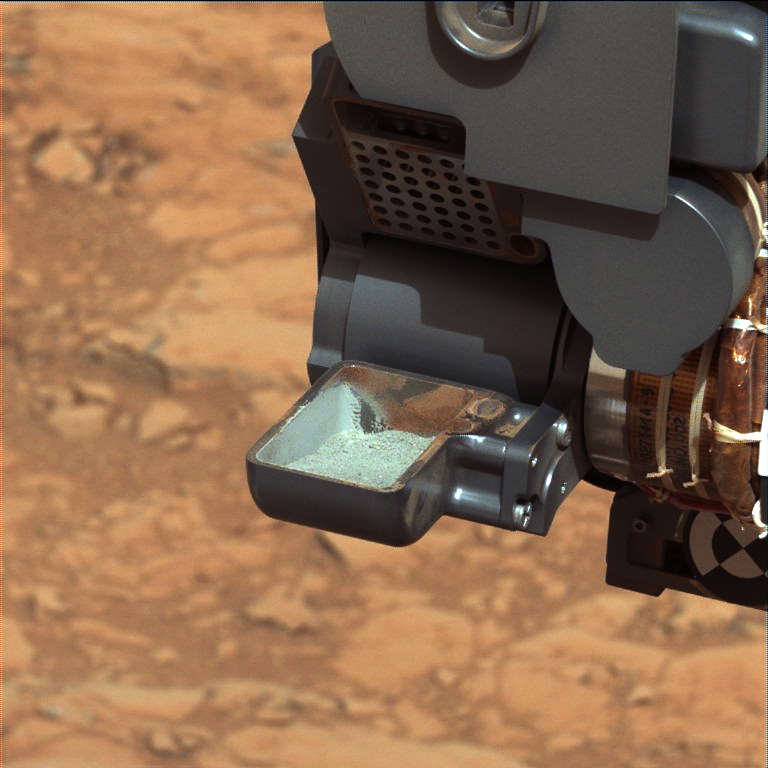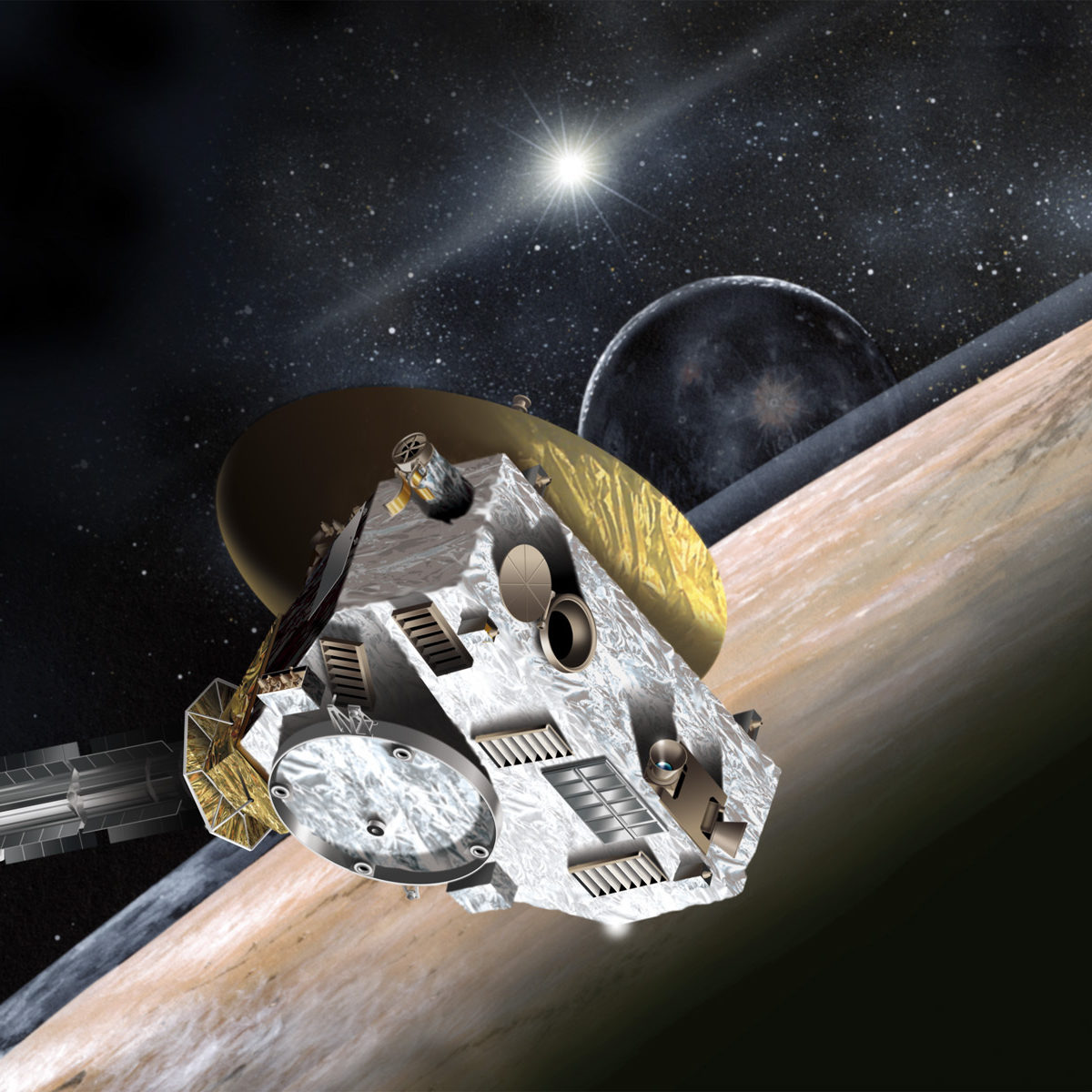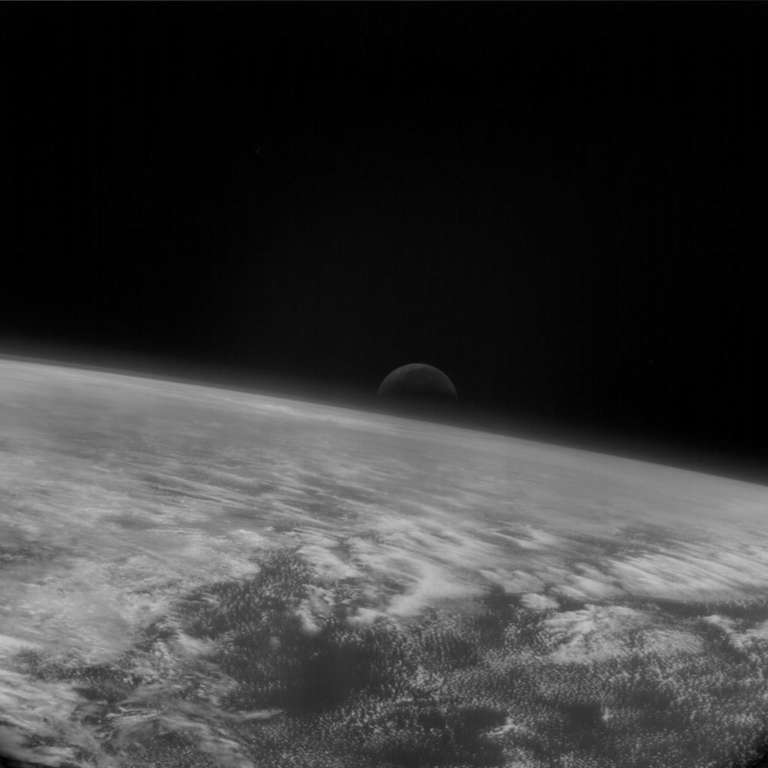All
All
Stories, updates, insights, and original analysis from The Planetary Society.
A post about International Women's Day
Today, March 8, is International Women's Day, about which I have conflicting feelings.
Meteor showers on Titan: an example of why Twitter is awesome for scientists and the public
I use a variety of social networking tools to perform my job, but there's one that's more important and valuable to me than all the rest combined: Twitter. Yesterday afternoon there was a discussion on Twitter that exemplifies its value and fun: are there visible meteors on Titan?
Will comet Siding Spring make a meteor shower on Mars?
JPL's Solar System Dynamics group shows that there is still a possibility that C/2013 A1 (Siding Spring) could hit Mars. But the uncertainty in its position at that time is large -- the closest approach could happen an hour earlier, or an hour later -- so we're a long way from knowing yet whether it will or (more likely) won't impact.
Browse Curiosity's data in the Analyst's notebook
Last week the Curiosity mission made its first data delivery to the Planetary Data System. The bad news: none of the science camera image data is there yet. The good news: there are lots and lots of other goodies to explore.
Very brief Curiosity update, sol 205: Memory anomaly and a swap to the "B-side"
Over the last few days the mission has been working its way through its first major (not life-threatening, just really inconvenient) anomaly: a memory problem in its main computer.
Galileo's images of Gaspra
Last week I trawled the archives to find all of Galileo's images of asteroid Ida; this week, I turned to Gaspra.
Planetary Society Weekly Hangout: Studying Asteroids from Earth with Andy Rivkin
Emily Lakdawalla's guest this week was Applied Physics Laboratory asteroid astronomer Andy Rivkin. We talked about the menagerie of rocks in the asteroid belt, how many of them travel in pairs and triples, how some of them are surprisingly wet, and how much you can learn about asteroids using Earth-based telescopes.
Comet to whiz past Mars in October 2014
A recently discovered comet, C/2013 A1 (Siding Spring), is going to be passing very close to Mars on October 19, 2014. Does it pose a risk to spacecraft?
Galileo got so many more images of Ida than I realized
While writing up the cruise-phase issues of the Galileo Messenger a couple of weeks ago, I came across a fuzzy montage of images of Ida that I had not seen before. So I decided to spend some time digging into the Planetary Data System to see if there were more images to be found. I found lots and lots pictures that I'd never seen before!
Pretty picture: a moon transit
A reader comment inspired me to dig up an oldie but a goodie: a sequence of photos of the Moon transiting Earth, seen from a very long way away,
Curiosity update, sol 193: drilled stuff is in the scoop, ready for analysis
There was a press briefing today to announce that Curiosity has completed her last major first-time activity: powder drilled from inside a rock at John Klein successfully made its way into the CHIMRA sample handling mechanism in the turret. Sol 193, then, marks the day that Curiosity is finally ready to start the science mission.
Why don't we have any photos of asteroid 2012 DA14 if it came so close?
A frequently-asked question last week was: if asteroid 2012 DA14 is coming so close to Earth, why hasn't anyone taken any pictures of it? Now that 2012 DA14 has whizzed past us, we do finally have some radar pictures of it, but they still may not satisfy everyone.
When will New Horizons have better views of Pluto than Hubble does?
Last week, I posted an explainer on why Hubble's images of galaxies show so much more detail than its images of Pluto. Then I set you all a homework problem: when will New Horizons be able to see Pluto better than Hubble does? Here's the answer.
BREAKING: Meteor fall causes damage in Russia [UPDATED]
A large meteor streaked through the skies above Russia on the morning of Feb 15th, causing a deafening sonic boom that shattered windows and injured hundreds.
Planetary Society Weekly Hangout, Thu Feb 14 1200PT/2000UT: Courtney Dressing
Emily Lakdawalla and Courtney Dressing talked about just how common Earth-sized exoplanets may be in our neighborhood. Watch the replay here.
Why can Hubble get detailed views of distant galaxies but not of Pluto?
How come Hubble's pictures of galaxies billions of light years away are so beautifully detailed, yet the pictures of Pluto, which is so much closer, are just little blobs? I get asked this question, or variations of it, a lot. Here's an explainer.
A forgotten image of Earth and the Moon
While researching another story, I came across an image I don't remember ever seeing before, of a moonrise from an unexpected source.
New Contest: Name the Moons of Pluto!
The discoverers of Pluto's fourth and fifth moons are inviting the public to vote on (and write in candidates for) their formal names. Voting closes in two weeks.
Browsing Landsat data is a lot easier than I thought it was
With the Landsat Data Continuity Mission scheduled to launch on Monday, there's been a lot of Tweeting about Landsat, and through one such Tweet I learned about a resource that I hadn't known existed before: the LandsatLook Viewer. This is a graphical interface to more than a decade worth of Landsat data, a tremendous resource for anyone interested in Earth's changing surface, natural or manmade.
Pretty picture: tessera terrain on Venus
In which I dive into the Magellan radar data set and come up with some images of an unusual and possibly unique solar system terrain: tessera.


 Explore Worlds
Explore Worlds Find Life
Find Life Defend Earth
Defend Earth


 Sun
Sun Mercury
Mercury Venus
Venus Earth
Earth Mars
Mars Jupiter
Jupiter Saturn
Saturn Uranus
Uranus Neptune
Neptune Small Bodies
Small Bodies














